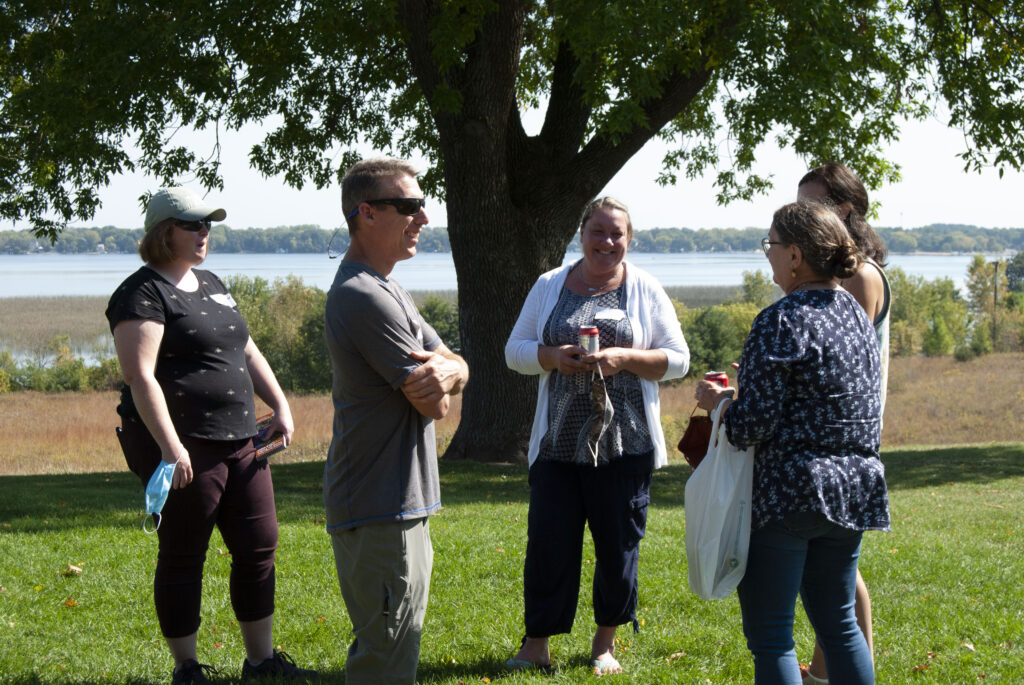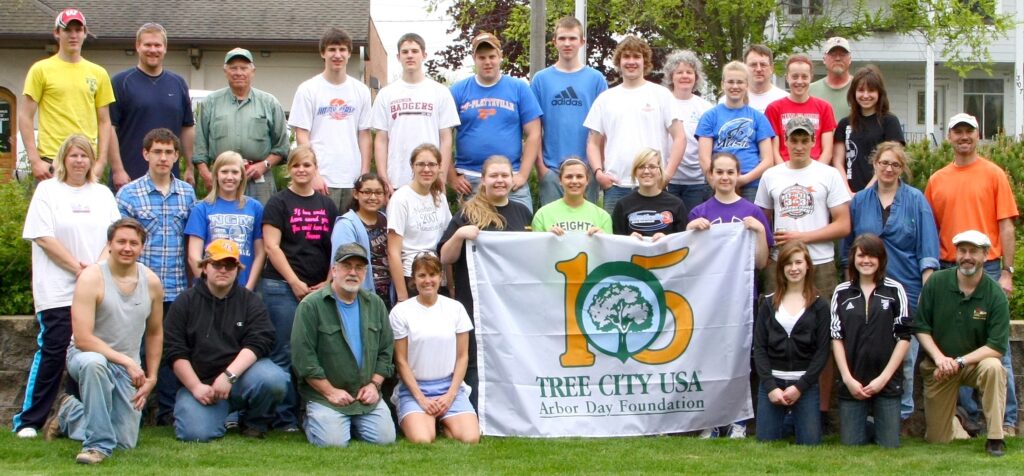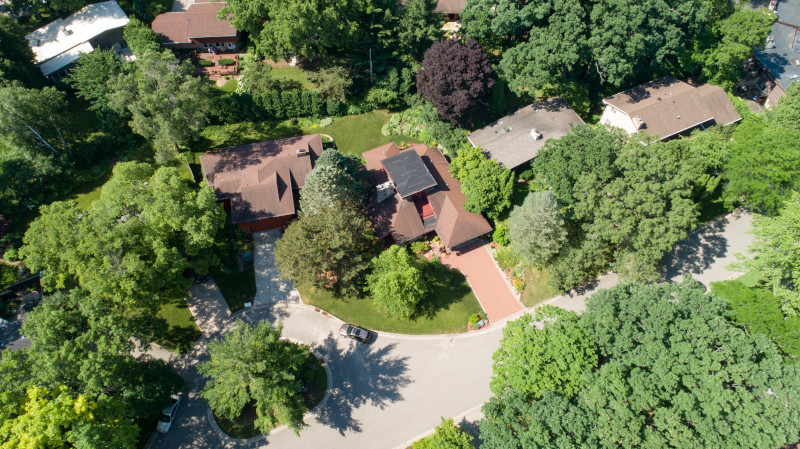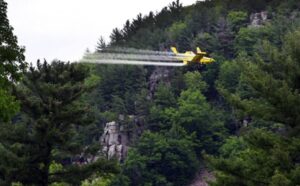 Partner with community groups such as 4-H, Scouts, rotary clubs and neighborhood associations to plant and care for trees.
Partner with community groups such as 4-H, Scouts, rotary clubs and neighborhood associations to plant and care for trees.- Set up informational tables at community events and farmers markets to recruit volunteers, educate residents and conduct surveys.
- Host workshops to teach community members about urban forestry and tree care.
- Post resources or hold a Q&A on social media.
- Conduct surveys to determine which tree species residents would like to see in their community.
- Cohost events with other departments or organizations with similar goals.
- Connect with environmental science classes in your school district to provide hands-on education activities.
- Post educational signs with QR codes that link to more information where urban forestry work is being done.
- Knock on residents’ doors to explain in person or with a flyer what you will be doing before starting tree work in the vicinity of their homes.
- For even more ideas, watch the Arbor Day Foundation’s recorded webinar, “How to Collaborate and Engage More Equitably in Your Tree City.”
Continue reading “10 Easy Ways To Engage Your Community In Urban Forestry”


 As Wisconsin braces for another potentially busy season of spongy moth caterpillars, three state agencies have teamed up to make it easier for tree owners and others to access the latest information and advice on the invasive, leaf-chomping pests.
As Wisconsin braces for another potentially busy season of spongy moth caterpillars, three state agencies have teamed up to make it easier for tree owners and others to access the latest information and advice on the invasive, leaf-chomping pests. The first Arbor Day celebration was held in Nebraska in 1872. More than 150 years later, Arbor Day is celebrated in all 50 states and in many countries around the world. This year, Arbor Day will be observed in Wisconsin on Friday, April 26. Below are ways you can celebrate, educate and care for trees in your community.
The first Arbor Day celebration was held in Nebraska in 1872. More than 150 years later, Arbor Day is celebrated in all 50 states and in many countries around the world. This year, Arbor Day will be observed in Wisconsin on Friday, April 26. Below are ways you can celebrate, educate and care for trees in your community.
 The University of Massachusetts Amherst is bringing back its Urban Forestry Today’s Summer Tree Summit, kicking it off with a discussion of how to define environmental justice in the context of urban tree canopy cover and urban forest management. Join Dexter Locke from the USDA Forest Service as he explains these important terms and concepts and their practical ramifications for urban foresters and residents.
The University of Massachusetts Amherst is bringing back its Urban Forestry Today’s Summer Tree Summit, kicking it off with a discussion of how to define environmental justice in the context of urban tree canopy cover and urban forest management. Join Dexter Locke from the USDA Forest Service as he explains these important terms and concepts and their practical ramifications for urban foresters and residents.


